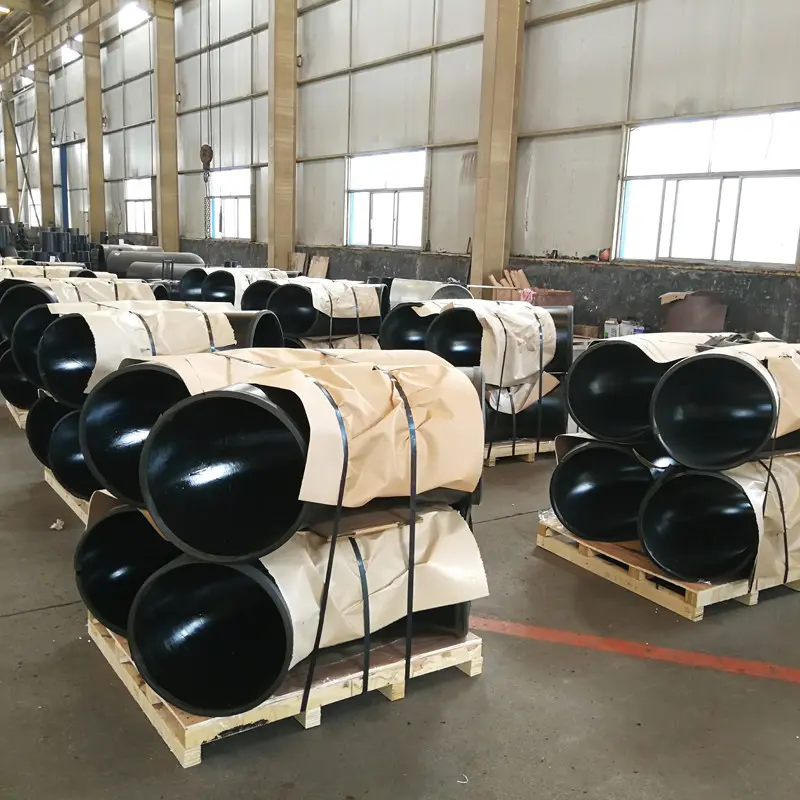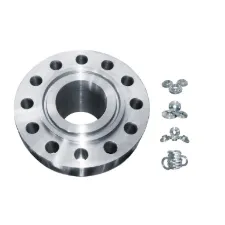

Selecting the right type of carbon steel pipe involves considering factors such as pressure requirements, application environment, and budget constraints. For instance, industries involving high pressure and corrosive environments may prioritize seamless pipes for their added durability. In contrast, industries like construction might favor welded or ERW pipes for their cost efficiency and sufficient structural integrity. Additionally, the type of carbon steel used in manufacturing contributes significantly to pipe properties. Low-carbon steel pipes are often more ductile and flexible, suitable for projects requiring bends and curves. High-carbon steel pipes are harder and stronger, making them apt for heavy-duty industrial applications where abrasion resistance is key. Finally, it is essential to source carbon steel pipes from reputable suppliers who meet industrial standards and certifications. Trustworthy suppliers ensure the quality and reliability of pipes, which in turn guarantees safety and performance in their applications. In conclusion, understanding the specific types of carbon steel pipes and their best use scenarios is a cornerstone of making informed industrial decisions. By evaluating the specific demands of a project, professionals can select the most appropriate type of pipe, leading to enhanced performance, safety, and cost efficiency. As advancements in technology and manufacturing continue, staying informed about the latest developments in carbon steel pipe types will ensure continued success across various applications.
Post time: Feb . 07, 2025 04:09

















